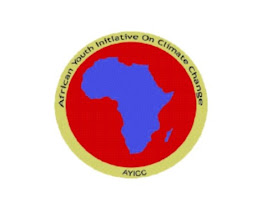WOMEN IN THE POLITICAL ECONOMYAND THE STRUGGLE FOR SUSTAINABLE DEVELOPMENT
In the past outcome of the Conference of Parties COP 18 Qatar, Doha, countries agreed to sign the Kyoto Protocol ; as a policy analyst one would agree that the stages in policy process are interlinked and that sometimes formation and implementation embraces the other. It is a question to have policies and another it implement it. Doha negotiations brought the world from climate change to climate crisis. Climate change is a global issue and must be addressed; Kenya as to the countries of the South we still fall to the periphery of the world system and that we are still dependent of the North; this brings to the attention woman and youth in the South are in the bottom of the world system. International political economy is characterized by survival for the fittest and those with economic muscles will excel. The Marxist school of thought holds that the female gender is a property of the patriarchal society. She is a laborer owned by this institution. The wor...
